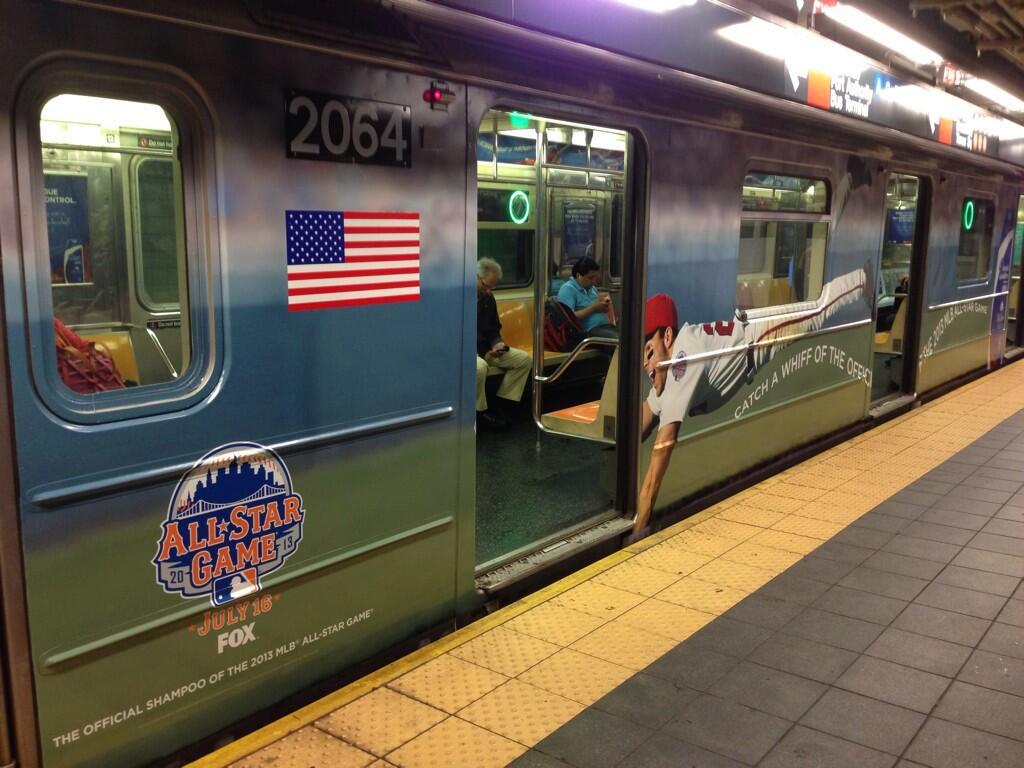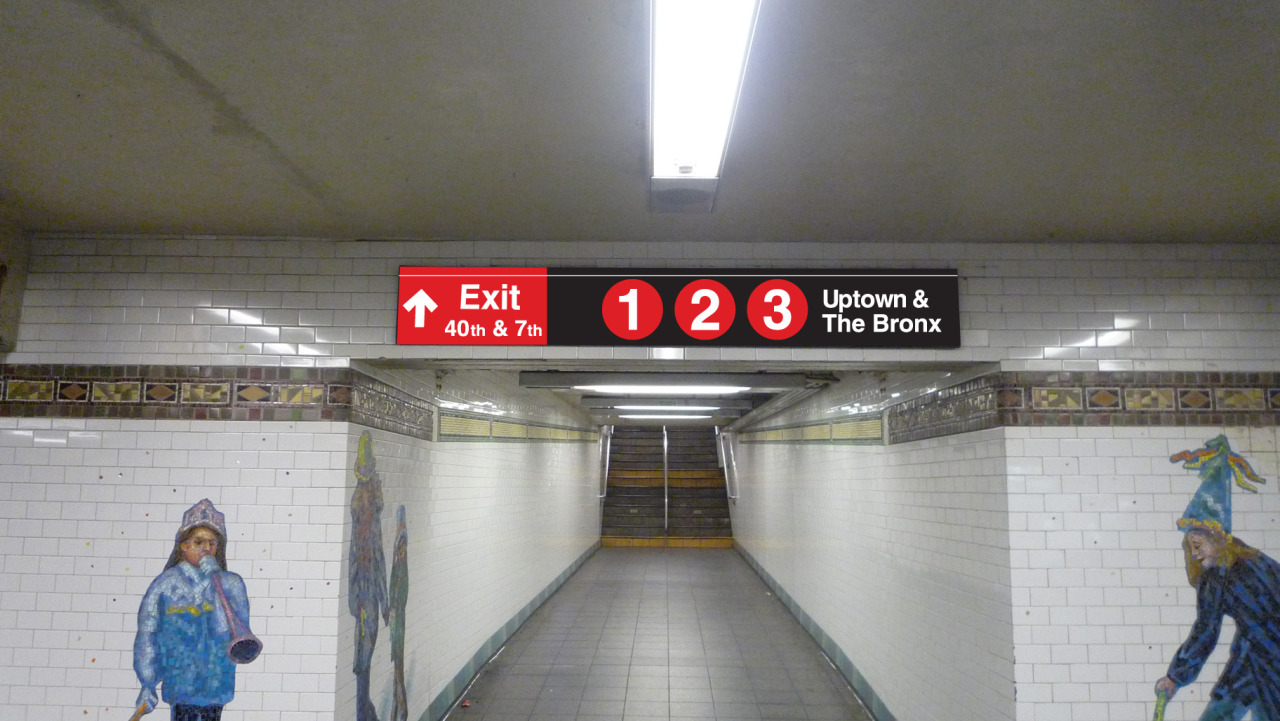
Plans from 1939 show a Staten Island subway connection via a Fort Hamilton Parkway subway.
The endless parade of mayoral forums various boroughs and city organizations host over the course of an election season may not bring much clarity on the differences amongst the candidates. After a while, everyone starts to sound the same, and the various discussions blend together into one giant mess of pandering city politicians. Yet, they can provide fodder for potential projects that may never have a chance to see the light of day, and last night’s on Staten Island did not disappoint.
When Staten Island hosts a mayoral forum, the discussion inevitably turns to the transportation options. SI residents hate the tolls on the Verrazano-Narrows Bridge; they hate the lack of transit options on the island; and they hate how the mayor has focused on a potential subway to Secaucus before exploring a subway to Staten Island. (In fact, Diane Savino has threatened to throw an obstructionist fit in the off chance the mayor’s plan moves forward before the end of the year.)
Last night, in between candidates decrying state control of the MTA and the need to improve ferry service, former MTA Chairman and GOP mayoral hopeful Joe Lhota spoke about the need to connect Staten Island to, well, somewhere. During the forum, Lhota discussed the need to connect the R train to Staten Island. Lhota’s plan, hardly unique in the recent history of proposals to send the subway to Staten Island, harkens back to the original 1913 BMT plans and the 1939 IND Second System proposal to dig under the Narrows via 67th St. in Brooklyn. As part of an aborted effort to realize this subway extension, workers dug out around 150 feet but gave up after a dispute with Mayor Hylan in the mid-1920s.

1912 plans connect a subway tunnel under the Narrows to the BMT’s 4th Avenue line.
So does it make sense for 2013? Ignoring the idea that Staten Island is likely better served with rail on the North Shore and a connection to the Hudson Bergen Rail Light, let’s look at a potential cross-Narrows connection. First, we have the issue of cost. In 2007, Lew Fidler proposed transit and rail freight tunnels that he estimated would cost a total of $10 billion, and in 2010, Diane Savino claimed a subway connection would set back the city by $3 billion. As there are no serious recent studies on the tunnel, it’s unclear how much it would cost, but billions — with a b — is a good starting point.
Next up are travel times. My kneejerk reaction to suggest that a cross-harbor tunnel with a direct connection to Lower Manhattan would be a better use of funds, but it would use up more of those funds. Furthermore, travel times to key job centers may not be worse along 4th Ave. If a Staten Island subway ran express or if riders transferred at 59th St. to an N, that segment of ride lasts about 10 mintes to the Atlantic Ave./Barclays Center stop and around 30-35 minutes to Times Square. A cross-harbor subway, spanning the 5+ miles to the 1 at South Ferry or R at Whitehall St., would likely arrive in Lower Manhattan in about 8-12 minutes but would bypass any job centers in Brooklyn completely.
Meanwhile, there’s a third cost element to consider: Would either a cross-Harbor or a trans-Narrows subway allow the city to cut back or eliminate Staten Island ferry service? According to the latest figures, the subsidizes ferry trips to the tune of $108 million annually. Cutting ferry subsidies to zero would still require three decades or more to recoup costs, but fare collection could help offset the investment. That’s a dirty calculation that assumes the city could cut ferry service entirely, but it’s a factor to consider at least.
For now, we’re just dreaming and thinking off the cuff. No one is yet willing to champion a subway to Staten Island, and even those politicians such as Savino who are willing to talk about it use it as a threat more than a promise. At the mayoral forum, Lhota recognized a need and a talking point that plays well to the audience, but the truth is that there are far more worthwhile subway expansion projects than this one. Staten Island will likely just have to keep on waiting.


















